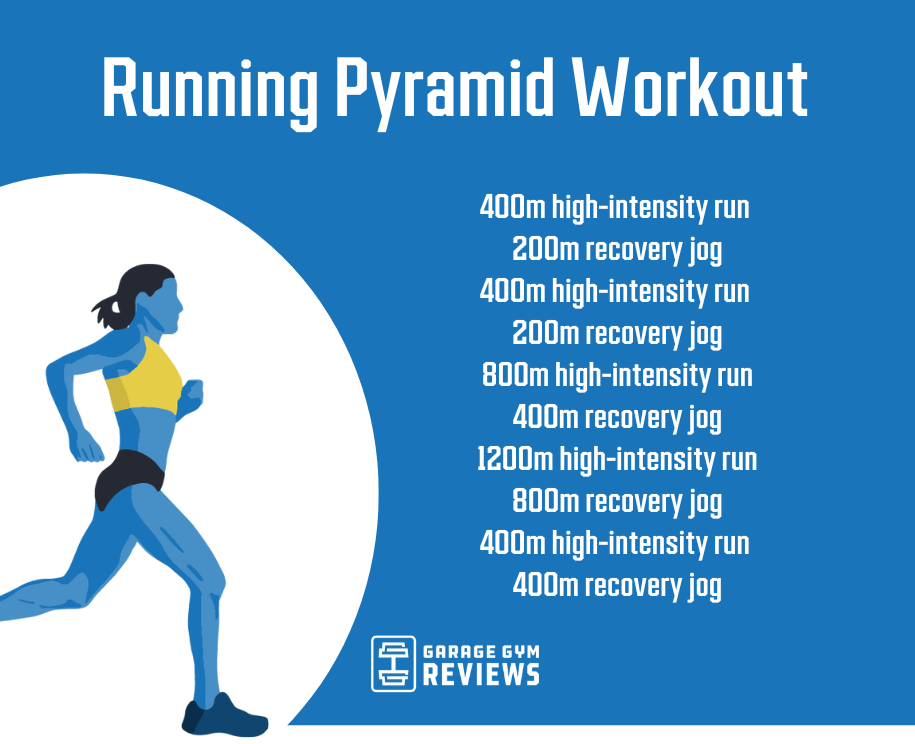Running Workout Techniques: Strategies to Improve Stamina and Rate
Running Workout Techniques: Strategies to Improve Stamina and Rate
Blog Article
Handling Typical Running Pains: Reasons, Solutions, and Avoidance
As runners, we frequently come across different discomforts that can impede our efficiency and pleasure of this physical task. By checking out the root reasons for these running pains, we can uncover targeted services and preventative measures to ensure a smoother and more fulfilling running experience.
Usual Running Discomfort: Shin Splints
Shin splints, a typical running pain, usually result from overuse or incorrect footwear throughout physical activity. The recurring anxiety on the shinbone and the tissues affixing the muscles to the bone leads to swelling and pain.
To avoid shin splints, individuals must slowly boost the strength of their exercises, use proper shoes with appropriate arch assistance, and preserve versatility and stamina in the muscle mass surrounding the shin (running workout). Furthermore, incorporating low-impact tasks like swimming or biking can help preserve cardiovascular physical fitness while permitting the shins to heal.
Common Running Pain: IT Band Syndrome
In addition to shin splints, one more common running pain that athletes commonly come across is IT Band Syndrome, a condition triggered by swelling of the iliotibial band that leaves the outer thigh and knee. IT Band Disorder commonly shows up as pain outside of the knee, especially throughout activities like running or cycling. The iliotibial band is a thick band of fascia that attaches the aware of the shin, and when it ends up being inflamed or limited, it can scrub against the upper leg bone, causing discomfort and discomfort.
Runners experiencing IT Band Disorder may discover a painful or aching feeling on the external knee, which can worsen with continued task. Variables such as overuse, muscle mass discrepancies, inappropriate running form, or insufficient workout can add to the advancement of this problem.
Common Running Pain: Plantar Fasciitis

Plantar Fasciitis can be credited to various factors such as overtraining, improper footwear, running on hard surfaces, or having high arcs or level feet. To stop and alleviate Plantar Fasciitis, runners can incorporate extending workouts for the calf bones and plantar fascia, use supportive shoes, preserve a healthy and balanced weight to reduce strain on the feet, and slowly enhance running intensity to stay clear of unexpected tension on the plantar fascia. If signs and symptoms linger, it is advised to speak with a health care specialist for appropriate medical diagnosis and therapy alternatives to address the condition efficiently.
Common Running Pain: Runner's Knee
After dealing with the obstacles of Plantar Fasciitis, another prevalent issue that joggers usually face is Runner's Knee, an usual running discomfort that can hinder athletic performance and cause discomfort throughout physical task. Jogger's Knee, also known as patellofemoral pain syndrome, materializes as discomfort around or behind the kneecap. Joggers experiencing this discomfort might really feel a dull, aching pain while running, going up or down stairs, or after extended periods of sitting.
Typical Running Discomfort: Achilles Tendonitis
Generally affecting joggers, Achilles Tendonitis is an agonizing problem that influences the Achilles ligament, creating pain and possible limitations in physical activity. The Achilles tendon is a thick band of cells that connects the calf muscles to the heel bone, essential for activities like running, jumping, and walking - useful guide. Achilles Tendonitis typically establishes as a result of overuse, improper footwear, inadequate extending, or abrupt rises in exercise
Symptoms of Achilles Tendonitis consist of pain and stiffness along the ligament, particularly in the morning or after durations of lack of exercise, swelling that intensifies with activity, and perhaps bone spurs in persistent instances. To avoid Achilles Tendonitis, it is important to extend appropriately before and after running, put on suitable footwear with appropriate support, blog progressively enhance the intensity of workout, and cross-train to reduce recurring tension on the tendon.
Conclusion

Report this page